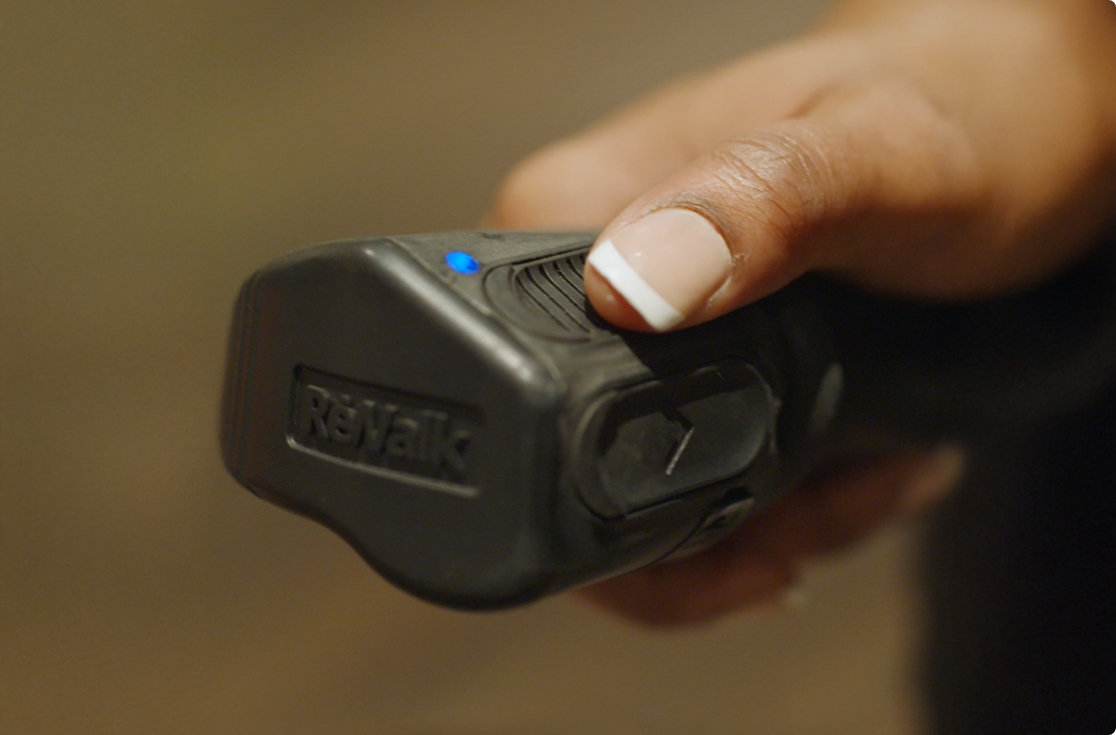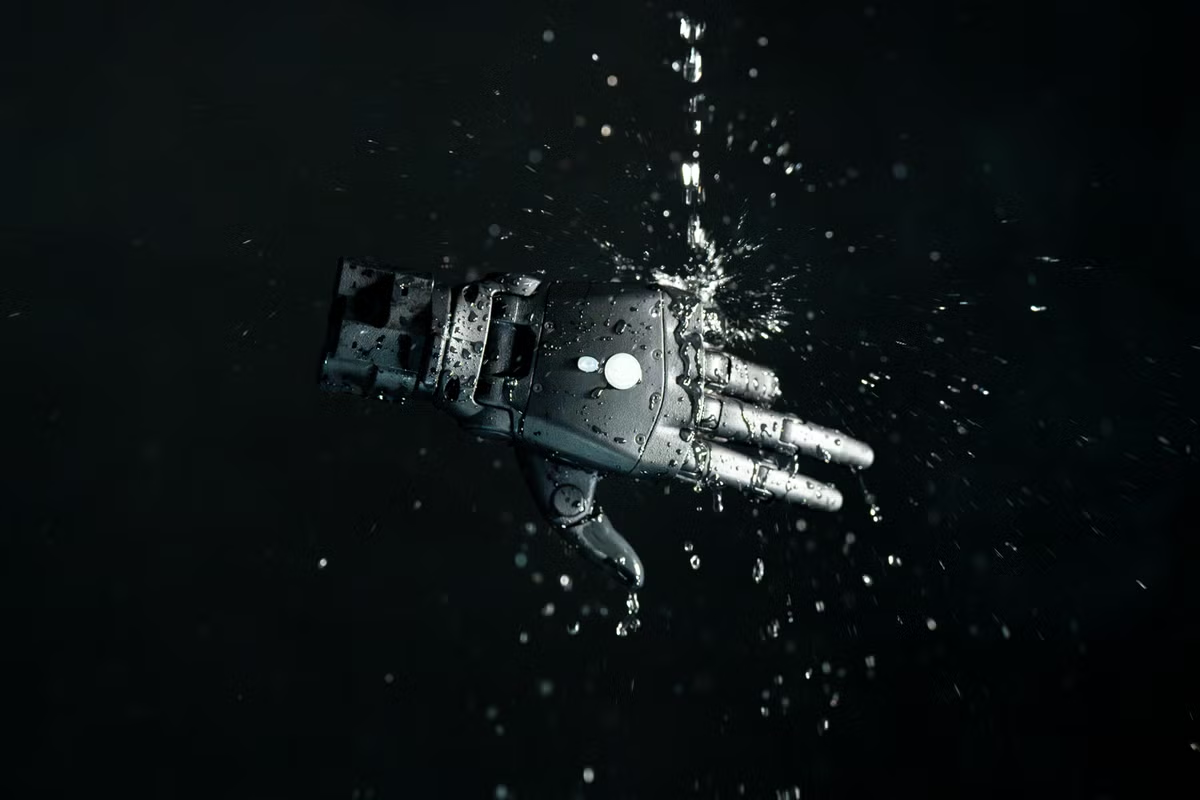In the pursuit of survival in extreme environments—be it the icy expanse of Antarctica, the desolate vastness of outer space, or the crushing depths of the ocean—humans have long struggled with the limitations of the human body. The unrelenting forces of nature in these environments often surpass our physical and physiological capabilities. However, the rapid development of bionic technology could dramatically alter this dynamic, offering new ways to overcome the challenges that extreme environments present.
Introduction: The Rise of Bionics
Bionics, a field that merges biology with engineering, is becoming a crucial element in improving human performance in adverse conditions. Bionic limbs, artificial organs, and wearable devices that mimic the functionality of biological systems are helping people adapt to extreme environments in ways that were previously unimaginable. These technologies not only promise to enhance the capabilities of individuals but also offer life-saving solutions when survival is at stake.
In this article, we’ll explore how bionics are being applied in extreme environments, how they could potentially save lives, and the exciting future that lies ahead.
Bionics in Extreme Environments: A Game Changer
Extreme environments like the ocean’s depths, high-altitude mountain ranges, and the vacuum of space subject human bodies to extreme physical and psychological stress. The limitations of human biology, such as the body’s ability to withstand high pressure, lack of oxygen, or even radiation exposure, can be life-threatening. However, bionics offers a potential solution to these challenges.
Bionics in Space: Extending Human Potential Beyond Earth
One of the most notable examples of bionic technology is its application in space exploration. In space, astronauts face several unique challenges. Microgravity affects muscle mass and bone density, while exposure to radiation can cause cellular damage. Additionally, space missions may last for extended periods, which puts astronauts at risk of physical decline.
Bionic exoskeletons and wearable devices could mitigate some of these problems. For instance, NASA has been working on developing exoskeletons that would allow astronauts to move more easily in space, improving their mobility and reducing fatigue. These devices help to support muscles and joints that weaken in the microgravity environment of space, thus allowing astronauts to maintain their strength and coordination over the course of a long mission.

Furthermore, bionic technology could help in monitoring astronauts’ health. Advanced bionic implants could continuously track vital signs, detect early signs of illness, and even administer treatments in real time. These technologies could be crucial in ensuring the safety of astronauts, particularly during long missions to Mars or beyond.
Underwater Bionics: Rescuing Lives in the Depths of the Ocean
The ocean’s depths present another extreme environment where bionics could have life-saving applications. Deep-sea divers and underwater researchers often face the threat of hypothermia, decompression sickness, and lack of oxygen. In some cases, the risk of drowning or being trapped in an underwater cave system is a real danger.
Bionic technologies such as exoskeletons and augmented diving suits are being developed to enhance underwater capabilities. These suits can assist divers by providing additional strength and endurance, enabling them to carry out longer dives with less fatigue. Furthermore, bionic devices integrated into diving helmets can monitor oxygen levels, assist with navigation, and even communicate with surface teams, greatly improving the safety and efficiency of deep-sea exploration and rescue operations.
Bionic limbs are also being used to support those who have been injured in underwater accidents. For example, individuals who have lost limbs in the field of underwater construction or research can benefit from advanced prosthetics that are waterproof, durable, and highly functional.
Bionics on Earth: Surviving in Extreme Climates
While space and the ocean represent extreme frontiers, Earth itself presents its own set of challenging environments. High-altitude locations, such as the Himalayas or the Andes, feature low oxygen levels, extreme cold, and fierce winds. On the opposite end of the spectrum, deserts like the Sahara and the Australian Outback are characterized by scorching temperatures and limited water supply.
In these environments, the human body struggles to maintain its core temperature and function effectively. For example, frostbite and hypothermia are risks in cold climates, while dehydration and heatstroke are prevalent in hot, arid regions. In these situations, bionic technologies could dramatically improve the chances of survival.
Bionic Exoskeletons for Mountain Climbers and Workers
Exoskeletons, devices worn over the body to assist with movement and support, have shown great promise in enhancing human performance in extreme environments. For mountain climbers or high-altitude workers, exoskeletons can reduce the strain on muscles and joints, allowing them to carry heavier loads and maintain better mobility despite the harsh conditions.
Exoskeletons for cold environments can also provide insulation and support to help regulate body temperature. These wearable devices could be especially beneficial for those working in cold climates, such as in Arctic research stations, where exposure to freezing temperatures can quickly lead to exhaustion and physical strain.
Bionic Prosthetics for Survivors of Natural Disasters
In the aftermath of natural disasters like earthquakes, hurricanes, or wildfires, individuals who have suffered traumatic injuries may lose limbs or suffer permanent damage. Bionic prosthetics are increasingly being used to help people recover from these life-altering injuries.
In extreme climates, bionic prosthetics must be designed to function under high pressure, extreme temperatures, and other harsh conditions. These prosthetics, such as advanced robotic arms or legs, are equipped with sensors and motors that allow users to move with incredible precision and dexterity. They can also be customized for different environments, ensuring they can withstand the unique challenges presented by extreme weather, rugged terrain, or even underwater use.
The Science Behind Bionics in Extreme Environments

At the core of bionic technology lies cutting-edge science, particularly in the fields of robotics, materials science, and biotechnology. Engineers and scientists are developing new materials that mimic the resilience of human skin, muscle, and bone, while also providing enhanced functionality and durability.
For example, synthetic materials that are lightweight yet strong are being used to create prosthetic limbs and exoskeletons. These materials are often embedded with sensors that can detect movement, pressure, and even changes in the environment, allowing the bionic systems to respond in real-time.
Artificial intelligence (AI) and machine learning are also playing an important role in the development of bionic devices. AI algorithms can analyze vast amounts of data from sensors and biometric readings, making it possible for bionic devices to “learn” from the user’s movements and adapt accordingly. This adaptability is especially important in extreme environments where conditions are unpredictable.
The Future of Bionics in Extreme Environments
As technology continues to evolve, the potential for bionics to save lives in extreme environments is only set to increase. The integration of artificial intelligence, advanced robotics, and bio-engineering will likely result in even more sophisticated and life-saving devices.
The development of wearable technologies, such as smart exoskeletons and real-time health-monitoring devices, will allow individuals to survive in environments where human life would otherwise be at risk. These innovations will not only increase the safety and efficiency of workers in hazardous environments but will also improve the overall quality of life for individuals living with disabilities.
In the near future, bionics could extend human presence beyond Earth, enabling us to explore the outermost reaches of the solar system. By developing bionic technologies that enhance human physical capabilities and resilience, we will be able to push the boundaries of space exploration and perhaps even colonize other planets.
Conclusion: A New Era of Survival and Exploration
Bionics is already proving to be a transformative field in helping humans thrive in extreme environments. Whether it’s enabling astronauts to live and work in space, rescuing lives from the ocean’s depths, or helping workers endure the harshest climates on Earth, bionic technologies are changing the way we approach survival. With continued innovation, these technologies have the potential to save lives and open up new frontiers for humanity, turning the impossible into the possible.











































